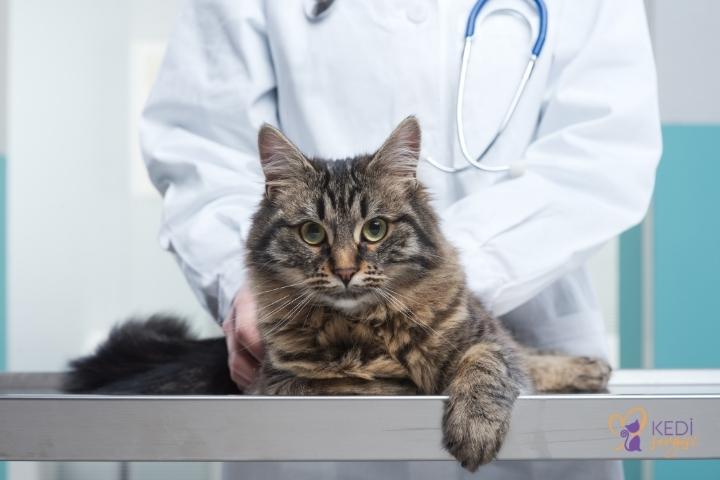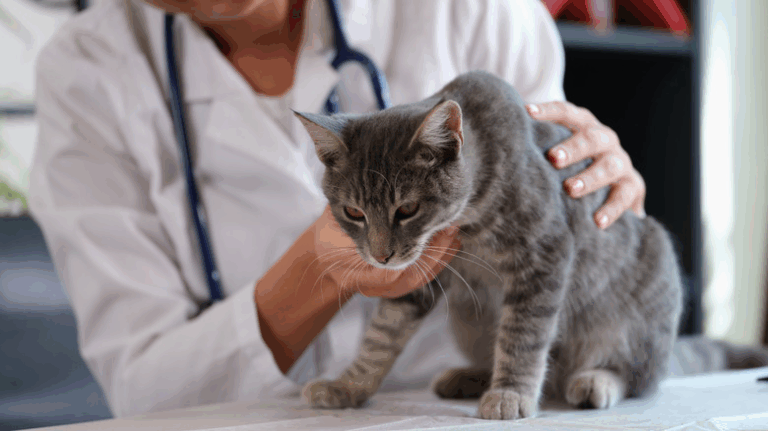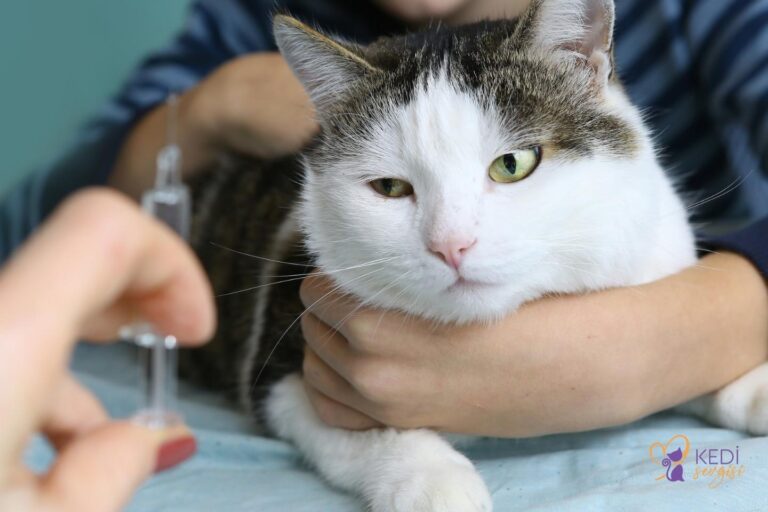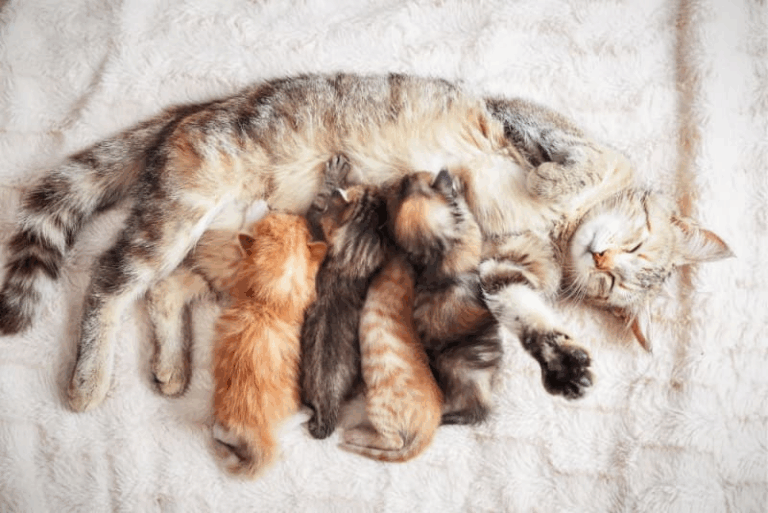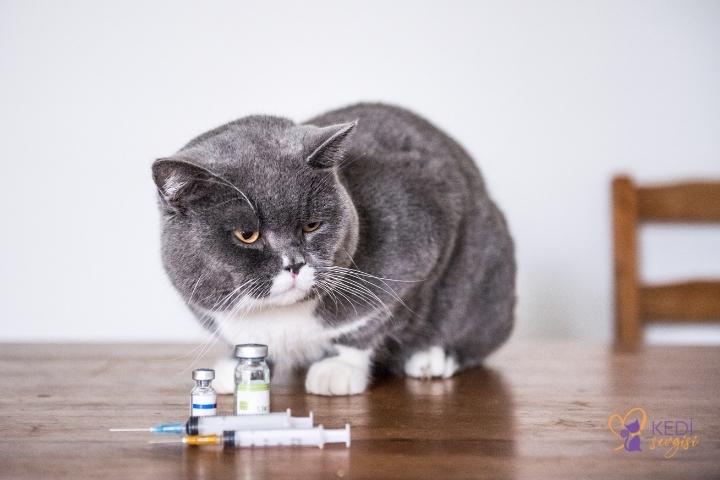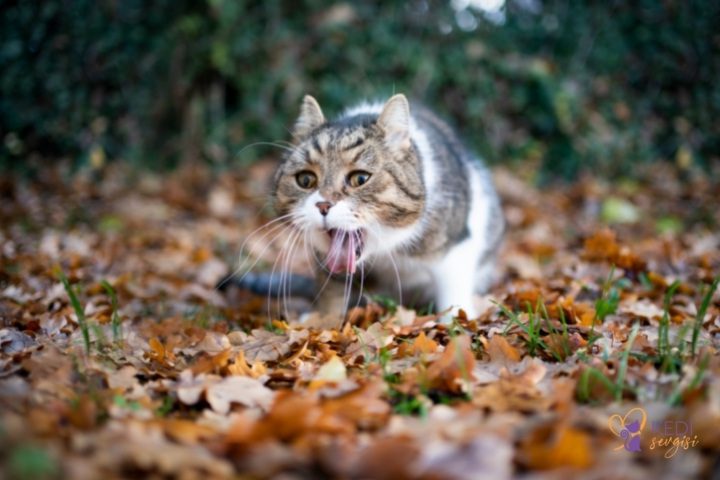What is FIP in Cats? Symptoms and Treatment Process
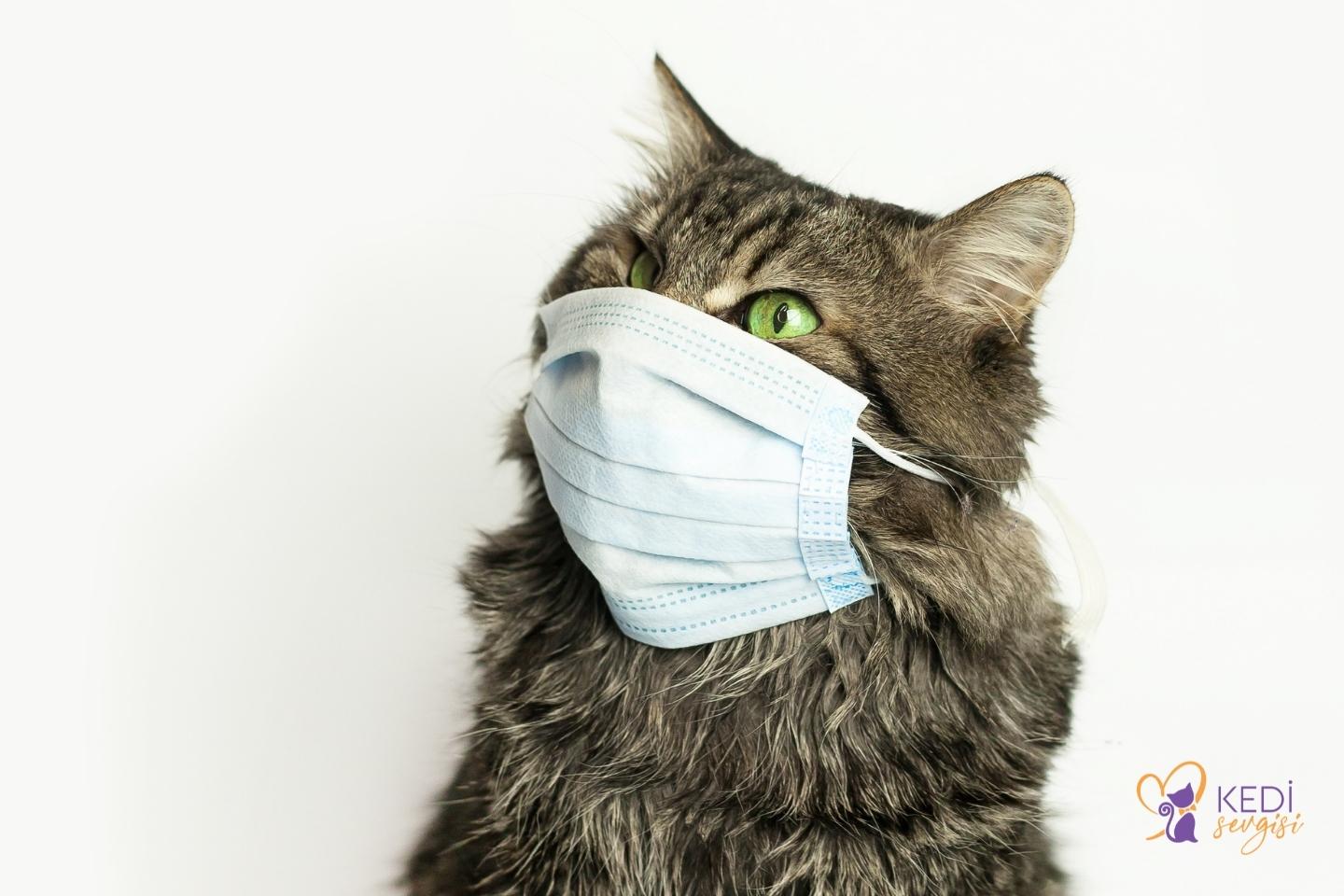
Unfortunately, things don’t always go well for our paw friends. FIP disease in cats has become common in recent years. This is a viral disease that causes serious concern to parents. It’s an irreparable fact that symptoms have increased in recent years due to the emergence of the coronavirus. But do you know enough about FIP? Is your cat likely to have FIP? What are the symptoms? Is treatment possible? We have explained an important topic in this article.
What is FIP in Cats?
Feline FIP is a viral disease that usually affects cats under 2 years of age and can have serious health consequences. It is caused by viruses that can lead to death. When cats have this virus in their blood, they may not activate immediately. If they experience extreme stress, their immune system weakens and these viruses take advantage of the opportunity to reproduce rapidly. Unfortunately, it doesn’t end well. So what should be done? We will discuss below.
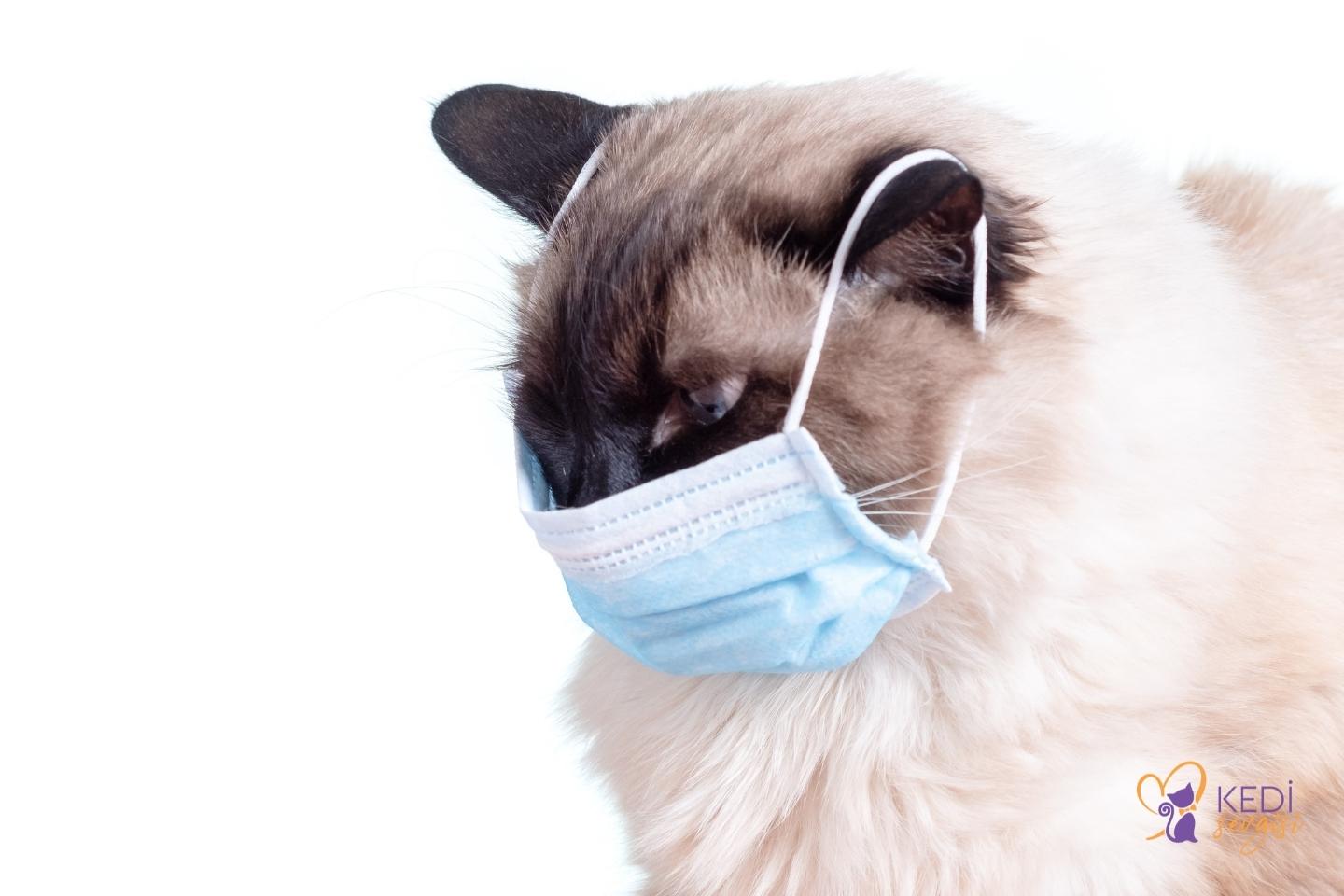
The FIP virus that most worries veterinarians is known as Efuziv FIP. It is among the most dangerous and invasive viruses of its kind. They have the power to completely take over the immune system by using red blood cells. Unfortunately, it causes cats to experience a process that largely results in death. If there is a lesion in the brain, it is called neurological FIP disease. This is also very dangerous, but it offers the chance to intervene in the process with early diagnosis.
Symptoms of FIP in Cats
FIP in cats can progress slowly in the body, or it can progress with a sudden acceleration. The speed is directly proportional to the cat’s immune system. Moreover, it is a very common virus. Almost half of all pets in the world have experienced this virus. A detail that shows the seriousness of the issue. Everyone wants to know if their cat has this virus. For this, we’ll talk about the most common symptoms.
List of symptoms of FIP virus in cats:
- There is a serious weight loss. This is called chronic wasting. There is a collapse, especially in the back. The bones become more prominent day by day. However, weight gain in the abdomen can also mislead people.
- A serious drop in cat energy is observed. There is a collapse both physically and psychologically. You will see extreme unhappiness in your cat.
- High fever is a serious sign of feline FIP.
- The process that starts with watering in the eye area can lead to blindness in the later stages. There may also be discoloration of the pupils.
- They have difficulty breathing. They develop cold-like symptoms.
- As their eyesight is weakened, they also experience instability in their body movements.
- Swelling occurs in the abdomen. It swells due to fluid. It is a serious symptom if the abdomen is swollen while other parts of the body are weak.
- Your cat experiences more weakness than usual.
Each of the above symptoms may occur separately. They can also occur all at the same time. If you see even the slightest sign of symptoms, you should go to the vet. You should allow early intervention before it progresses rapidly. The vet warns cat owners about this in a serious language. With early diagnosis, testing and vaccination, treatment is likely to be positive. You can start treatment at a sterile, comprehensive and specialized veterinary practice in your area.
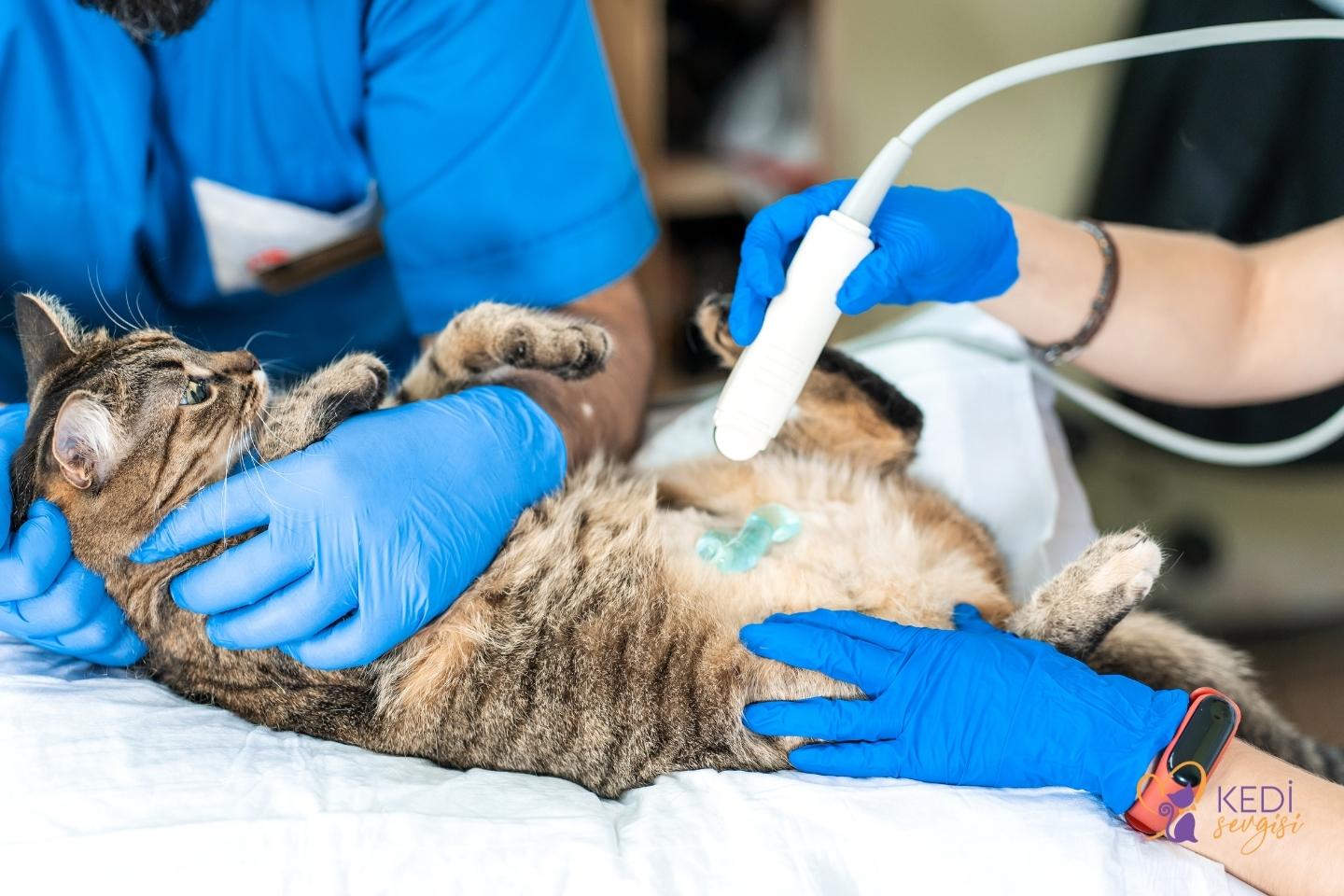
FIP Treatment in Cats
Today, there are many diseases and viruses that directly target the immune system of cats. FIP virus in cats also directly targets the immune system. Treatment options can differ according to the stage. In some stages, a technique to directly kill the virus is followed, while in other stages, the progression of the disease can be stopped by strengthening the immune system. First of all, the desire and care of cat owners in the fight against the virus is very valuable. If you pay attention to the treatment, your little friend will surely recover. The most effective method in the treatment of FIP in cats is medication. However, before that, it should be subjected to a test phase and analyzed whether the disease is at what stage or not. We will now elaborate on the test.
FIP Test in Cats
FIP virus is a disease caused by the coronavirus. Again, a PCR test can be used for diagnosis, just like in humans. The purpose of this is to determine whether this virus is present in the body. If the result is positive, a series of tests will be performed to understand the level of spread of the virus. This process is strictly applied before treatment. Today, every veterinarian has these testing facilities.
FIP Vaccine in Cats
FIP virus, which is common in cats and has become more widespread in recent years, can be prevented with vaccination. This vaccine is widely used in European countries. However, unfortunately, this vaccine is not available in our country. The reason is that there are some controversial opinions. Therefore, we can say that it is not possible for your cat to be vaccinated against FIP.
FIP Treatment Fee in Cats
Finally, it is worth mentioning the cost of treatment. Because the cost of FIP treatment in cats is usually a somewhat costly process. It is an irreparable fact that cat owners have a financial and moral responsibility. It would not be correct to specify a clear figure on the subject. Because there are different treatment techniques and processes. The duration of treatment is also important. FIP treatment in cats can take 1-2 months or a few years depending on the course of the immune system.
What are the Preventive Measures for FIP Virus in Cats?
The FIP virus is known to be transmitted through feces and saliva. As the owner of the little paw, you can take some precautions to prevent this or minimize the risk. Remember that paws cannot protect themselves from external risks. Here, too, the responsibility falls on you. We have listed below what you can do to prevent the cat from getting the FIP virus.

A list of things to do to prevent cats from contracting the FIP virus:
- Providing the cat with a clean environment is essential to minimize the risk.
- Do not take your cat outside without your control. Especially keep them away from areas where you are not sure of their hygiene.
- If more than one cat lives at home, do not use shared food bowls. Design areas such as water, food and toilets for each cat.
- Keeping 4 cats or more in the same area increases the risk of FIP virus. Try not to keep 4 cats in the same area.
Numerous analyses have shown the risk of FIP virus transmission to cats worldwide. In homes where a single cat lives, the risk of infection is estimated at 50%. In homes with more than one cat, the probability of the FIP virus entering the house increases to 80%. Unfortunately, sometimes it can even exceed 90%. It is important to note that not every cat infected with coronavirus will get FIP. Some of the cats with coronavirus do get FIP. Which cats get FIP? This question is frequently asked and searched. It is not possible to make a classification for this. It can be seen in all breeds of cats. But according to research, it is more common in Abyssinian, Burmese and Himalayan cat breeds. For this reason, do not say that nothing will happen to my cat, and if you see any symptoms, be sure to go to the doctors. This is not a health problem to be postponed or not to be taken seriously. There are many cases that have ended in death. We wish your cat a healthy life.
You may be interested: Why Do Adult and Kitten Cats’ Eyes Run? 5 Main Reasons

